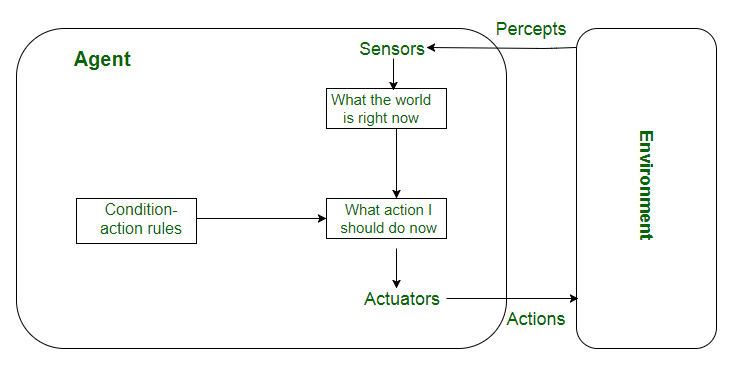

IntroductionĪI is gaining traction in health care, starting with automating manual and other processes, and the number of use cases and sophistication in the use of the technology is growing. Even as health care organizations step up their investments into data and analytics with AI, they should pair these with a robust security and data governance strategy. This could well include an expansion of AI’s reach into clinical and back-office applications. Health plans can also use AI to proactively detect and manage fraud, waste, and abuse, resulting in recovered payments and cost avoidance, saving them millions and improving patient care. Health plans and, in the longer-term, health systems, can use AI-enabled solutions to gain insights, develop new products and services, and better engage with consumers.

They can expect to gain advantage by using AI for applications to support cost savings as they transform. Health systems were challenged by historic lower revenues due to nonurgent care and were forced to scale back during the pandemic. Even though the survey was fielded before the public health crisis, some of the outcomes and challenges that health care organizations had in using AI prior to the pandemic will likely continue to be instructive as health systems, health plans, and PBMs develop their new AI investment strategies. 1 The pandemic opened the aperture for digital technologies such as AI to solve problems and highlighted the importance of AI. The period from March 2020 saw an unprecedented shift to virtual health, fueled by necessity and regulatory flexibility. The current pandemic overwhelmed health systems and exposed limitations in delivering care and reducing health care costs. Respondents from health care organizations reported that their main concerns about risk with AI were the cost of the technologies (36%), integrating AI into the organization (30%), and implementation issues, including AI risks and data issues (28%).Top outcomes health care organizations are trying to achieve through AI are making processes more efficient (34%), enhancing existing products and services (27%), and lowering costs (26%).

Seventy-three percent of all organizations expected to increase their funding in 2020. Health care organizations vary significantly in their AI investments: Seventy-five percent of large organizations (annual revenue of over US$10 billion) invested over US$50 million in AI projects/technologies, while approximately 95% of mid-sized organizations (annual revenue of US$5 billion to US$10 billion) invested under US$50 million.This survey was conducted before COVID-19 significantly impacted the United States. Get the Deloitte Insights app.ĭeloitte conducted the State of AI survey in late 2019 which featured questions around how organizations are adopting, benefiting from, and managing AI technologies by industry. Enterprises that lean into adoption are likely to gain immediate returns through cost reduction and gain competitive advantage over the longer term as they use AI to transform their products and services to better engage with consumers. AI has multiple use cases throughout health plan, pharmacy benefit manager (PBM), and health system enterprises today, and with more interoperable and secure data, it is likely to be a critical engine behind analytics, insights, and the decision-making process. Over time it will likely be essential to supporting clinical and other applications that result in more insightful and effective care and operations. Executive summaryĪrtificial intelligence (AI) is already delivering on making aspects of health care more efficient. For the health care industry, AI-enabled solutions can provide immediate returns through cost reduction, help with new product development, and lead to better consumer engagement. We explore how health care organizations can scale up their AI investments by pairing with a robust security and data governance strategy.


 0 kommentar(er)
0 kommentar(er)
